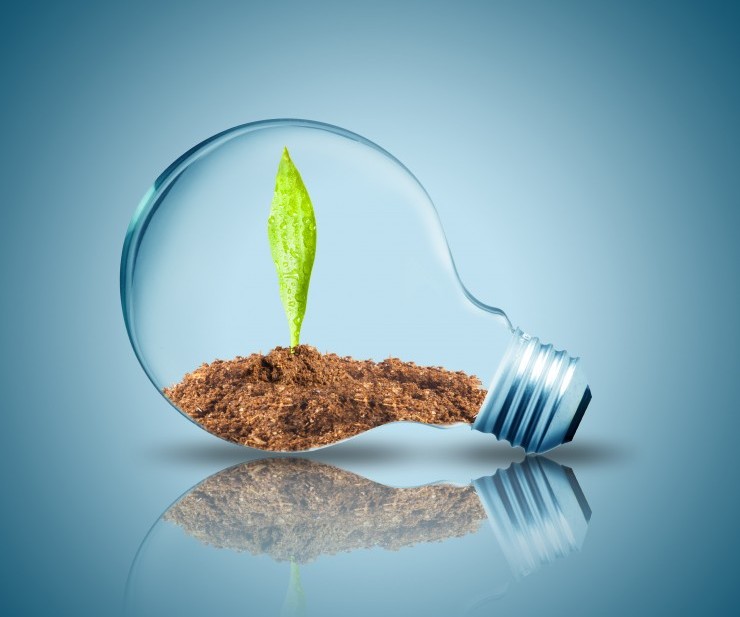How To Save Energy

Saving on Heating and Cooling with a Thermostat
Since your heating and cooling system is one of the largest users of energy in your home, finding ways to run it efficiently is essential to lowering your energy bills. Often, that starts with the thermostat.
If you are serious about learning how to save energy, consider installing a programmable thermostat, if you don't already have one. In fact, using a programmable thermostat can lower energy bills by as much as 15 percent. You’ll be able to set a schedule that reduces energy consumption during the times you are normally not at home or times when you are sleeping, making the necessary changes automatically.
The location of your thermostat also helps improve the energy efficiency of your entire heating and cooling system. Install your thermostat on an interior wall away from windows or drafts. A hallway near the bedrooms is a great spot. Avoid placing appliances, fans or other electric items close to the thermostat, as the heat or draft created by these items can impact the temperature reading.
As you use your thermostat, keep these tips in mind:
- Only raise or lower the temperature to your comfort point, because pushing it higher or lower will not heat or cool the home faster.
- Aim to keep the temperature as close to the outdoor temperature as you can and remain comfortable.
- Increase or decrease the temperature, depending on the season, when you are at work, at school or sleeping.
- Override the setting temporarily when you are home unexpectedly, rather than changing the entire schedule.
Finally, be certain to stay up to date with your maintenance on your heating and cooling systems. A properly maintained heating and cooling system will run more efficiently than one that is dirty, has leaks or is starting to malfunction.
How to Save Energy on Lighting
Lighting is another area where you can cut energy use with a few small changes. First, switch as many lights as possible from traditional bulbs to energy-saving CFL bulbs, which use less energy and last longer without sacrificing the amount of light in your home. Make sure the bulb you are using is the right size for the light fixture and the output you need to have.
For outdoor lighting, consider installing motion-detector lights. This will ensure that you have light when you need it, but that you are not running lights all night while everyone is sleeping. This cuts your energy use quickly and effectively.
If you need to use lamps in your home, get the most use out of the light by setting the lamps in a corner where they reflect off the walls. In order to emit more light, consider using light-colored lampshades.
How to Lessen Water Use with Efficient Plumbing
Finally, don't forget about saving on water use. The plumbing systems you install can cut water use significantly, helping you save money and reduce your environmental impact.
First, take a look at your water heater. How much energy are you using to heat your home's water? Water heaters with built-up sediment are very inefficient, energy-hogs. It's difficult to heat water through sediment build-up. And it's life is significantly shortened. Your equipment instruction manual can instruct you how to drain your water heater, or a professional plumber can easily do this for you.
Next, consider the fixtures on your showers and sinks. Can you swap your faucets and showerheads for ones that encourage a lower flow of water? The Environmental Protection Agency warns that showerheads account for about 20 percent of the total use of indoor water. Replacing your existing showerhead with a low-flow option can save around 20,000 gallons a year. This will quickly add up to lower water bills.
Lowering your energy use is not difficult, but
it does require you to be proactive. With these tips, you can quickly conserve
energy in your home, and enjoy the lower energy bills that come as a result.

 3N640 N. 17th Street
3N640 N. 17th Street